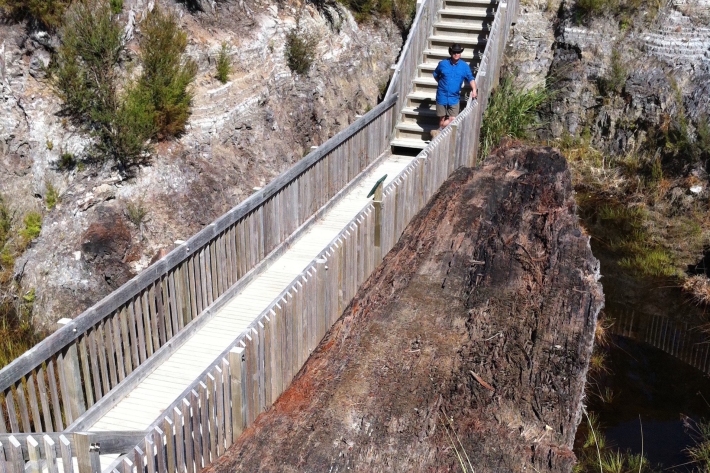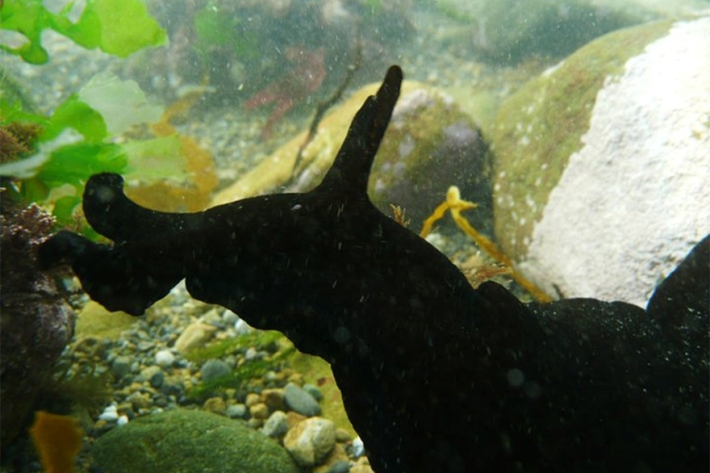-

Heavy snow forecast sends NIWA staff outdoors
News article03 August 2016NIWA scientists and field teams will be heading outdoors for the first snow mobilisation of winter later this week to make the most of what is expected to be the largest and longest wintry blast of the year. -

How deep is the snow at your place?
Snowfall is not routinely measured in New Zealand, but is an important part both of our natural hazards and our water resources. -

Seasonal Climate Outlook Aug-Oct 2016
NIWA Forecaster Chris Brandolino explains what New Zealand can expect in the way of rainfall and temperature over the next three months. -

Post-conference field trip #1 - Kauri and the Quaternary of Northland
Details about the post-conference field trip that made a loop around Northland -

The pearl of New Zealand fishing
Feature story26 July 2016The Quota Management System, which some say saved New Zealand fisheries, is 30 years old today. The system is founded on science that studies fish biology, abundance and distribution, and estimates how many can be caught and still keep the population healthy. -

Tropical winds yield late-July record warmth
Media release25 July 2016A number of temperature records toppled across New Zealand over the weekend as tropical winds from New Caledonia and Vanuatu streamed over the country. -

Critter of the Week: All about sea hares and their eggs
A sea hare is a type of opisthobranch or sea slug in the phylum Mollusca, with soft bodies, a reduced internal shell and two tall rhinophores coming out of their heads that resemble the ears of a hare. -

From high seas to estuaries
Feature story15 July 2016While Tangaroa might be considered its flagship, NIWA’s extensive range of maritime work could not be completed without the support vessels Kaharoa and Ikatere. -

Flow requirements for galaxiid fish spawning
Research ProjectMany of our iconic native fish species, such as whitebait and eels, rely on river flows to cue key life-cycle stages, including migration and reproduction. As pressures on water resources increase, the risk of disrupting these flow cues, and therefore impacting fish populations, becomes greater. -

Tangaroa made New Zealand bigger
Feature story11 July 2016Approved by the United Nations Commission on the Limits of the Continental Shelf, New Zealand was made sovereign over 1.7 million square kilometres of seafloor
